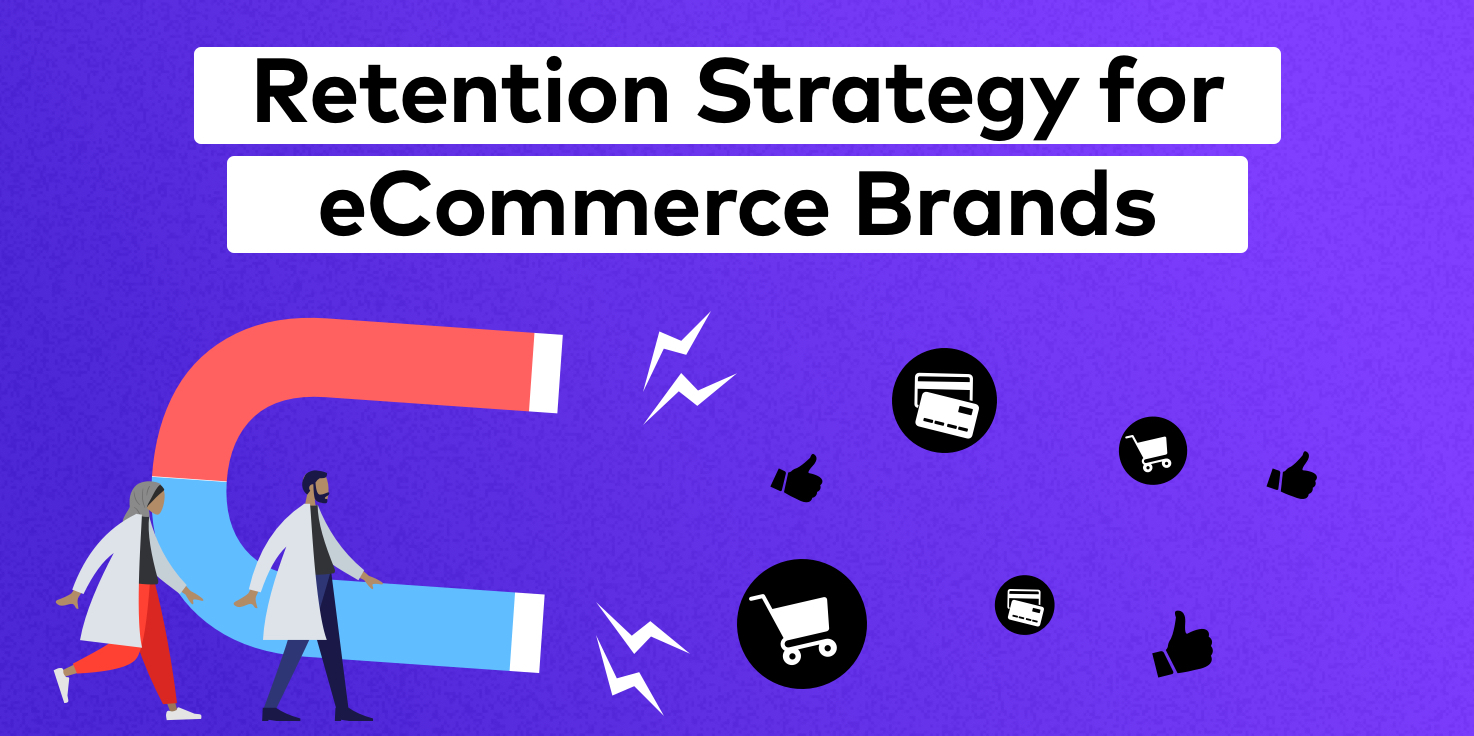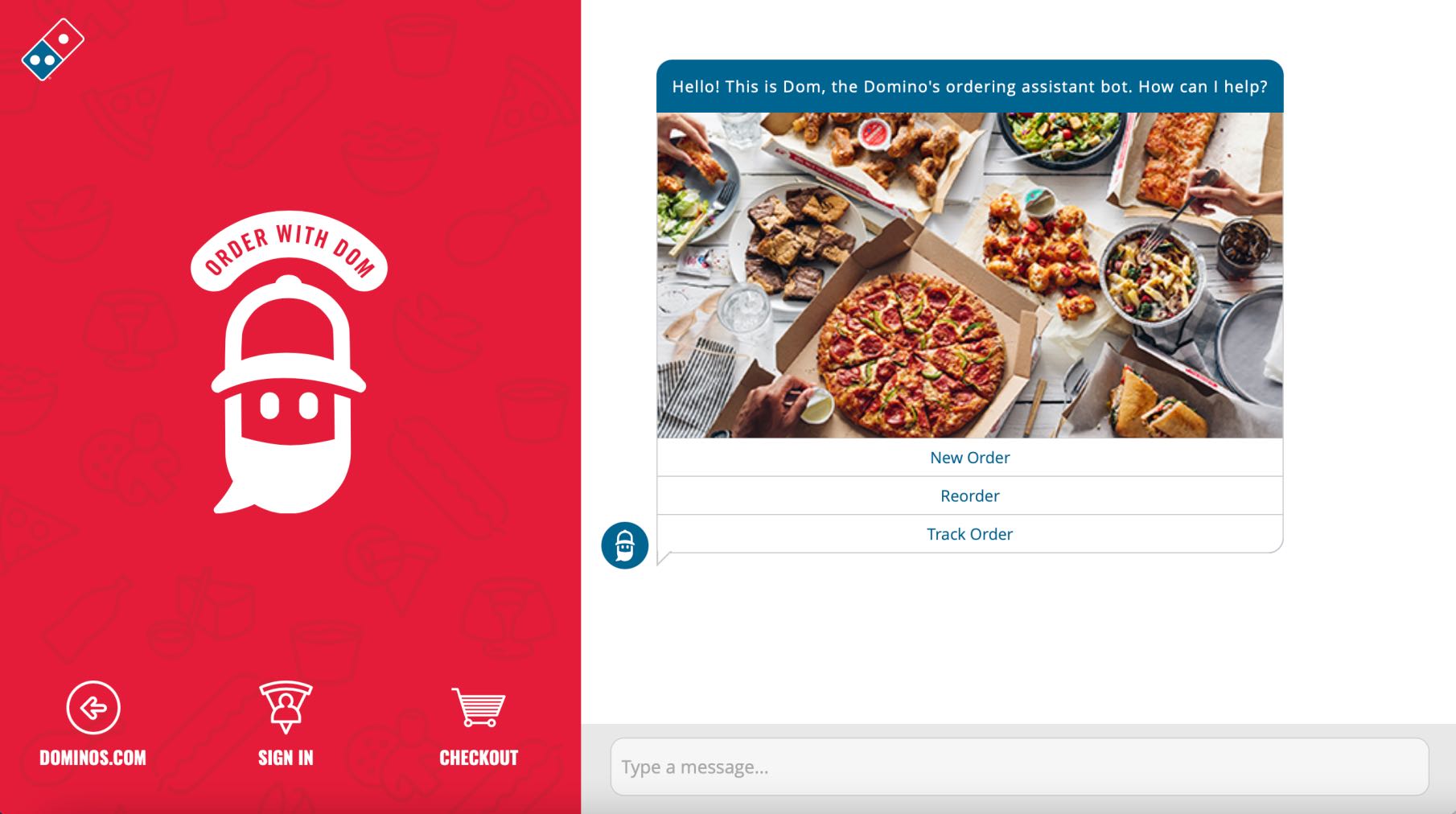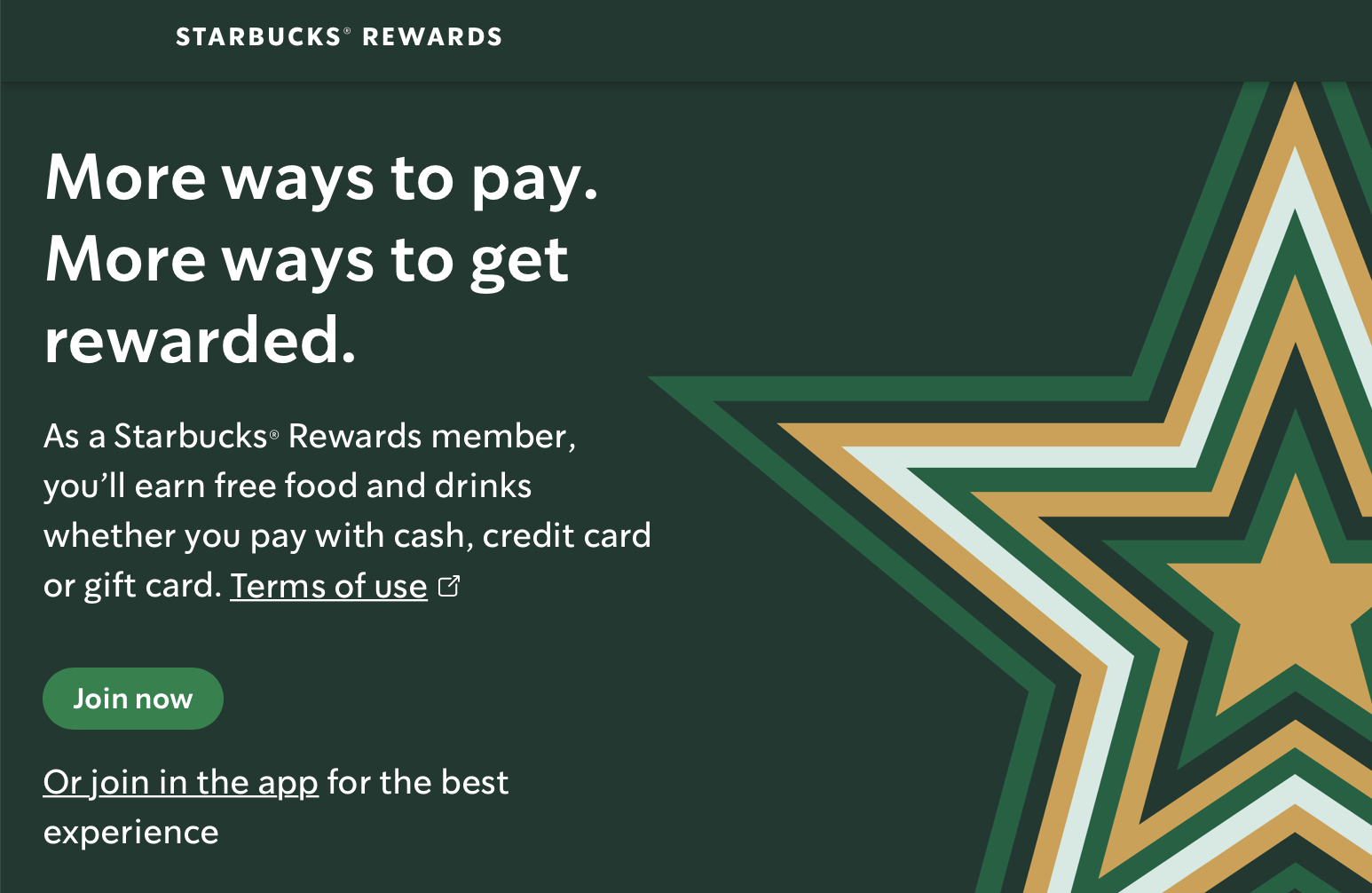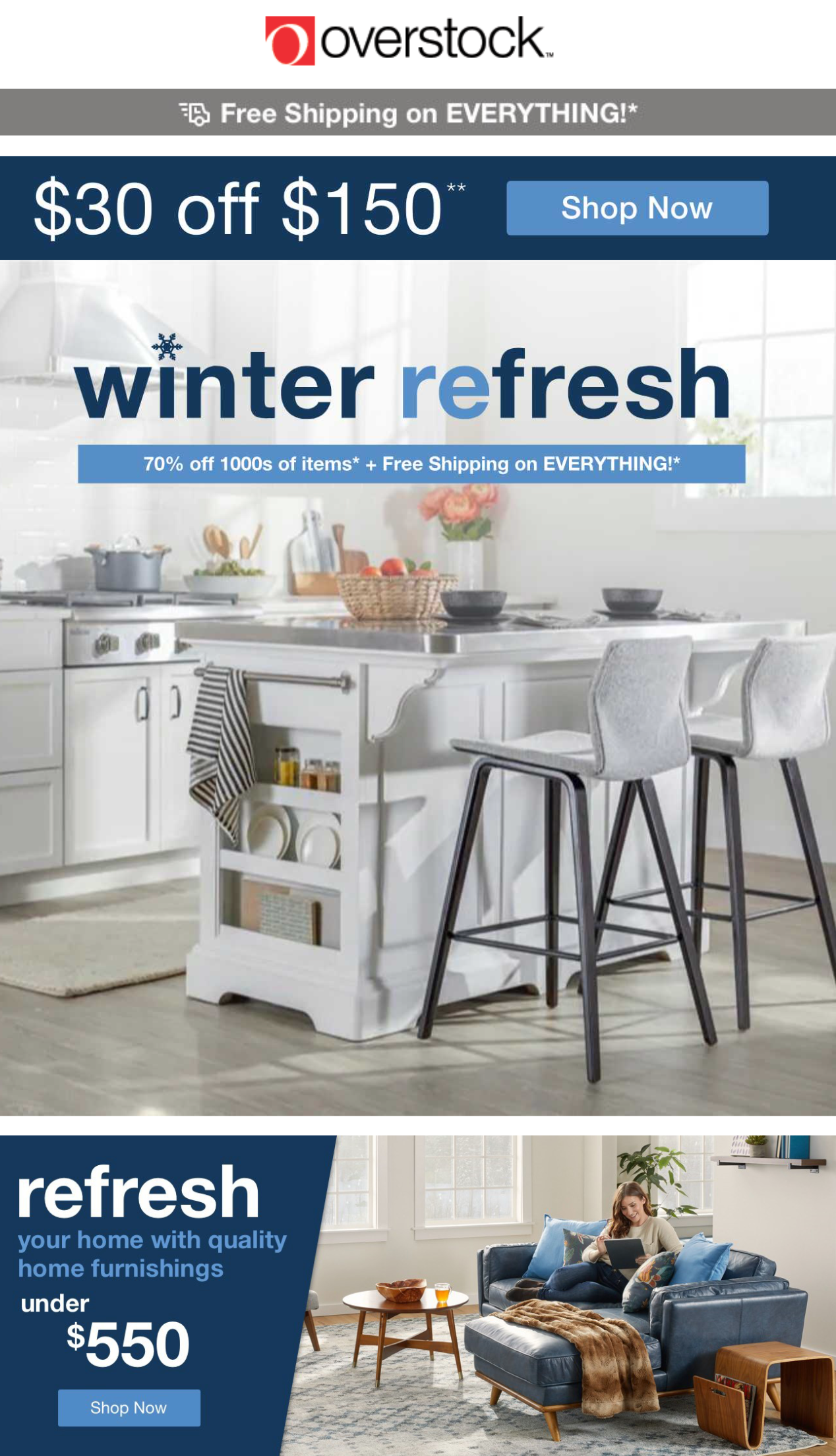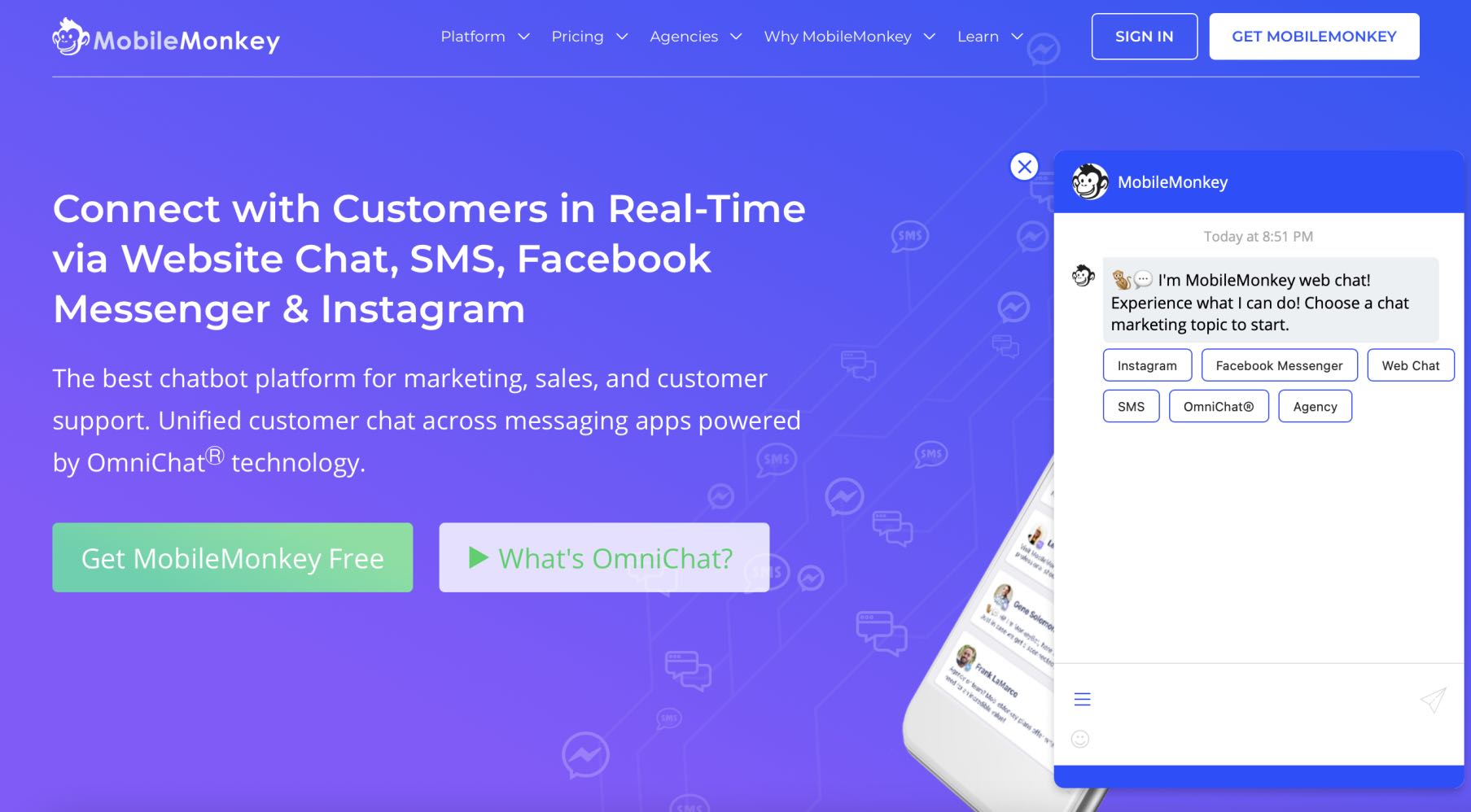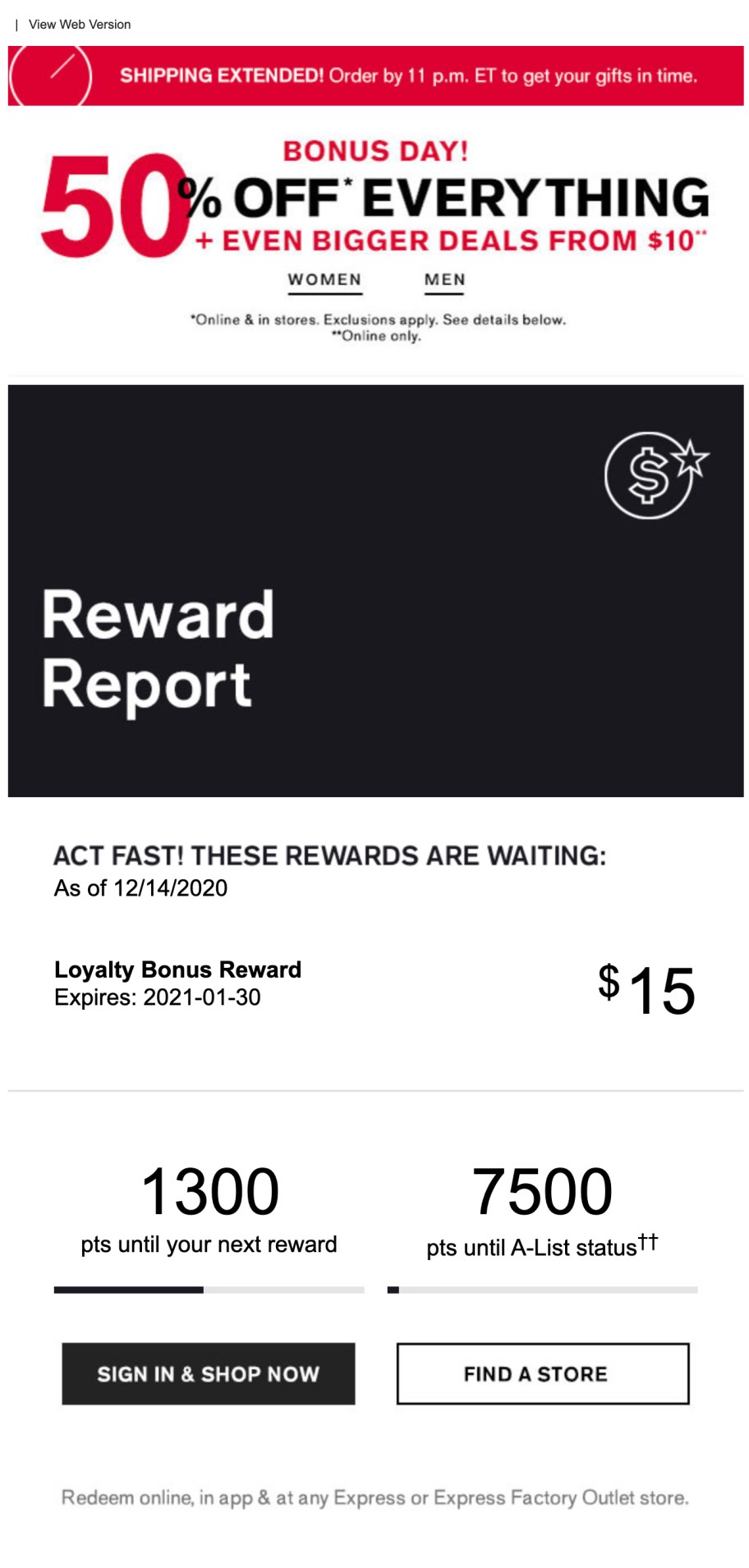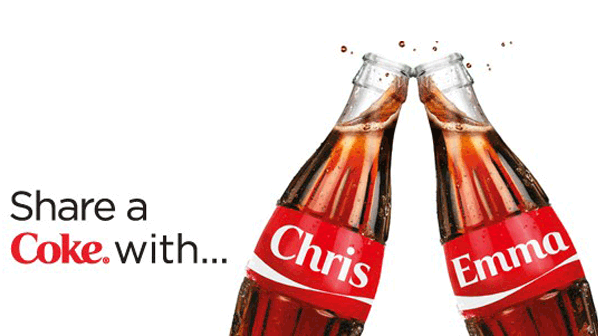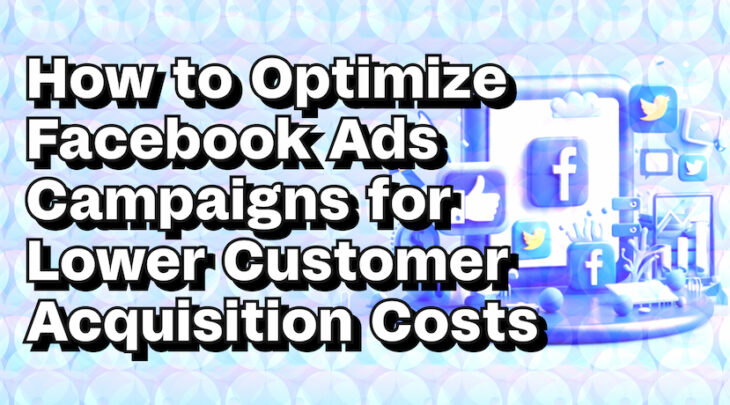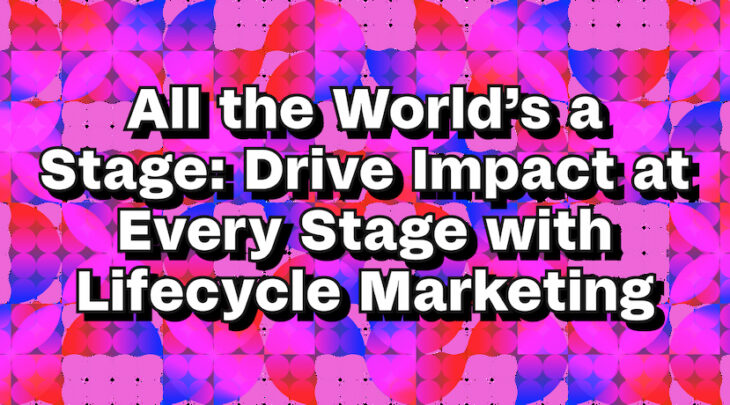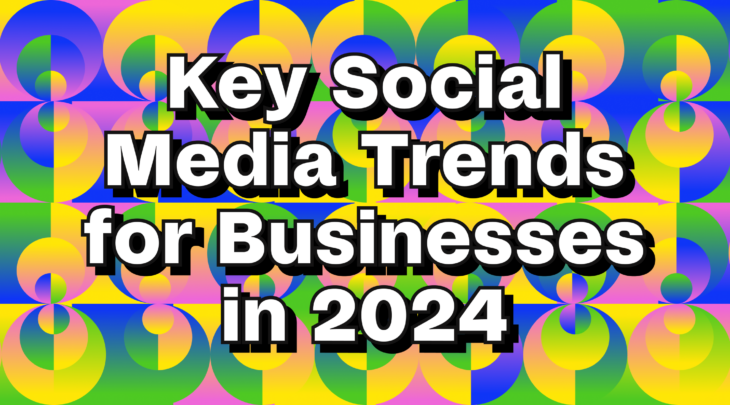When you meet a new person at a coffee shop, online, or out in the city, oftentimes you can strike a conversation with them regarding similar interests. What shifts that random person to a friend? It develops through sharing conversations, interests, and activities. As you continue to spend time with them, the relationship grows stronger and you have more things to do. This same principle applies to customer retention strategy. The interests, offerings, or services that you offer, keep your customer coming back, introducing you to others, and spending more time with you. Retention strategy is very important because it creates and feeds the feedback loop to your growth and success.
What is Customer Retention?
Customer retention refers to the series of activities that keep customers returning. Over time, retention demonstrates the value of each customer and the overall success of the business. Customer retention is incredibly important for eCommerce brands. Over recent years, eCommerce brands have found new channels for consumers to shop and created alternatives across the globe. These two factors demonstrate the growing value of not only acquiring customers but keeping them loyal to your brand and business.
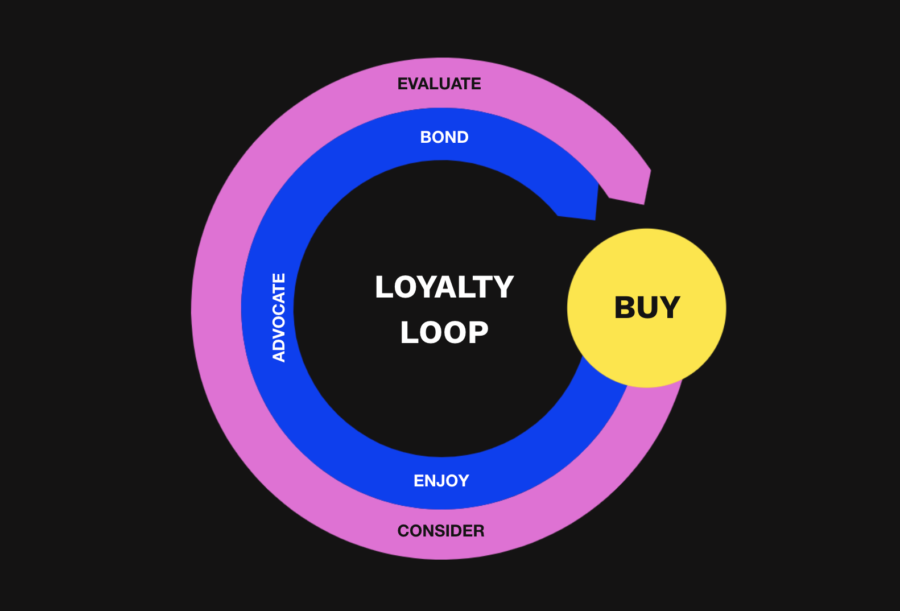
When Do We Need to Focus on Customer Retention?
Customer retention strategies exist at multiple levels and time frames but are important at every step of the way. Whether you are just starting or have a well-established retention strategy, each development makes your business stronger and gives it opportunities to keep growing. However, when assessing what strategies to implement or where to start, consider where your business is in its lifecycle. Retention should always be balanced with acquisition depending on your business’s growth.
- Just Starting – If you’re a company that has just launched, your acquisition should be your primary motive. Focus on acquiring customers rather than retention. Your strategies should be on gaining traffic and overall growth.
- Gaining Traction – As your company starts to grow you’re getting a few more sales and can start implementing some strategies to increase your AOV and retention. This might be strategies like email campaigns or free shipping incentives.
- Consistent – At this stage, you are growing your business and having a stable amount of sales. This is when your retention strategy should start to pick-up with rewards, developing loyalty and customer accounts, as well as email marketing.
- Established – Congratulations! You’re at an established point in your business. Your acquisition channels may be getting you a lot of customers, but this is where your retention becomes deliberate in helping your growth strategy. Take the time to be precise and efficient with strategies that improve your AOV and have customers coming back to you.
- Well-Established – This is the time to make sure your retention strategy is your focus. You’ve done the groundwork and grown a lot at this stage, but now it’s time to keep all those customers coming back. These may be longer-term strategies such as referral programs.
How Retention Fits Every Different E-Commerce Brand Type?
In eCommerce brands, all have their unique identity, but one thing remains constant-loyalty. Customer loyalty derives from those individuals and shoppers that LOVE your products and those that have just discovered your brand. However, those customers that love your brand ultimately shape how others learn about, experience, and engage with your brand over time.
Which Metrics Do You Need to Focus on?
Assessing the success of your retention strategies is just as important as creating them. By measuring which strategies are increasing your brand loyalty, you can start to determine how to keep customers returning at every step of the way.
- Repeat Customer Rate – This refers to the percent of customers that return to your company after the initial purchase. This measurement allows you to see how initial strategies such as promotions and emails may encourage a customer to come back and look around.
- Purchase Frequency – This is the metric that measures how often a customer purchases from you in a given time period. This number supports your marketing structure usually on an annual basis. In combination with Repeat Customer Rate, you can see how often and how many of your customers come back. This combination can help you target certain behavior patterns within your customer and optimize your marketing efforts in those areas.
- Average Order Value (AOV) – This measures the average amount of money your customer spends when they place an order. This is calculated by the total revenue divided by your total number of orders. This metric helps evaluate your online marketing performance and pricing. Your AOV is often much easier and cheaper to convert using retention strategies like discounts and free shipping, than trying to increase traffic to a site.
Customer Value – What Is? How Does It Apply to Retention?
Customers are the heart of every business. They represent your brand, demonstrate value, and ultimately drive your revenue streams. We know gaining customers as well as retaining them are essential to growing your business. Customer value at its core is the average monetary value of each of your customers. It is determined primarily through two metrics- Average Order Value (AOV) and Purchases Frequency. Both of these elements are key to defining the strength of your retention strategy and determining how to keep your customers satisfied. You can boost customer value by creating incentives for your customers to spend more or find ways of drawing them back in to purchase during certain times. Potential strategies are using loyalty programs, coupon codes, or free shipping with purchase thresholds. All these tactics and more can help drive customers to your business and keep them coming back.
Top 10 Retention Strategies
What’s better than acquiring one new customer? It sounds like a tricky question but it is not. The answer is that acquiring two new customers is much better, and that’s why we are going to outline some of the strategies that have been proven effective for every e-commerce brand that we have worked with. Although customer retention is cheaper than acquisition, it’s easier said than done as it needs a lot of commitment and dedication to get customers to stay loyal to your business.
1. Use Customer Accounts
Customer accounts give customers an interactive experience and foster a relationship with the merchant. These accounts can save order history, tracking numbers, and loyalty accounts. Many times, having a customer account can automatically enroll users into loyalty programs. Having a customer account encourages repeat customers and customers are incentivized to create an account to participate in the loyalty program or to keep track of their order history. Above all, the trick to engage customers into making an account is to either 1) offer a promotion if they sign up before purchasing, or 2) provide the option through direct invitations to create an account after the first purchase.
2. Improve Your Customer Service
When building a successful business, everything screams for attention. Within everything, why is it important to prioritize customer service? In short, happy customers lead to more money, growth, and sustainability. A customer’s question can be turned into a sale or a customer’s complaint can turn into a resolution by having a live chat or a help desk tool available on your website. Quite often, we have seen that an effectively resolved complaint can turn a customer into a loyal, repeat customer. Being able to effectively respond to questions, feedback or complaints immediately can increase customer satisfaction, hence bring more revenue to your business.
Sending a little gift to your best clients can be a perfect way to remind them to come back and excite them with your thoughtful gesture, increasing customer satisfaction. The reciprocity principle is one of the basic laws of social psychology. In many social situations, as humans, we pay back what we received from others. In other words, if you as a business offer a gift to your customers, they are more likely to reciprocate. As an example, a handwritten thank-you card would be a thoughtful way to show appreciation and encourage them to purchase from your business again.
Here are some quick statistics to prove that having excellent customer support in place is a vital cog in the business machine:
- Across the globe, 96% of consumers say customer service is an important factor in their choice of loyalty to a brand. – Microsoft
- When asking consumers what impacts their level of trust with a company, offering excellent customer service ranked number 1. – Dimensional Research
- 70% of consumers say that they have already chosen to support a company that delivers great customer service.
- Americans will pay 17% more to do business with firms with great reputations when it comes to customer service. – American Express
- Increasing customer retention rates by 5% increase profits by 25% to 95% – Harvard Business Review – Harvard Business Review
3. Start a Customer Loyalty Program
In an increasingly competitive space, customer loyalty programs could be the differentiator from your competitors – and what keeps your customers around. Customer loyalty programs help you keep customers engaged with your business which plays a huge role in how likely customers are going to repurchase, and how much they are going to spend. If you decide to employ a customer loyalty program, the benefits for you are the following: better customer retention, more customer referrals, cost-efficacy, user-generated content, and reviews. However, both you and your customers are benefited as they get more value each time they shop, and you benefit from their repeat business.
You can easily encourage your customers to continue investing in your loyalty program by giving them welcome points when they create an account, rewarding them when they make a repeat purchase, or offer them a free item/service after a specific dollar amount. Additionally, automated loyalty apps like Glue or Giftbit are rewards platforms that can be used to buy, send, and manage digital gift cards or incentives. As an example of a successful loyalty program, let’s take Amazon. Amazon Prime’s yearly subscription costs around $100 which is quite costly, but the value proposition of paying more isn’t just about the two-day free shipping. Rather, they offer their customers many more rewards such as free TV shows and movie streaming and free at-home grocery delivery services.
4. Email Campaigns with Promotional Offers
An easy, yet effective way to spread the word about your product is by sending out promotional emails as they are part of any successful email marketing strategy. According to Wordstream, for every $1 spent on email marketing, you can expect an average return of $44. The key in this is to make your customers feel like the offer that you are providing is exclusive. Additionally, adding an expiration date within the email offer creates the urgency for customers to purchase your products/services before the end of that date.
5. Integrate an SMS Marketing Campaign
Text messages have open rates as high as 98%, while less than 15% of companies use SMS marketing to connect with customers. Another interesting statistic that should push you to consider an SMS marketing strategy is that by 2025, a predicted 61% of the world’s population will access the internet from their mobile devices. SMS marketing has never been easier with all the available SMS marketing software. For starters, you can create a text marketing campaign with a promotional offer that would direct customers to your website. From the simple scheduling of texts to more complex recurring SMS and event-based messaging, you can easily engage with all your customers.
6. Offer a Discount or Credit Incentives for Your Customers to Return
People prefer buying things on sale and the most important purpose that a promotion serves is that it sets your business apart from your competition. We all expect higher quality products and services to cost more. Think about brands such as Louis Vuitton, BMW, or Hermes. Just like these brands, your pricing should be aspirational so that promotions do not devalue your brand image. However, giving a discount or credit on the second purchase or to customers who haven’t done business with you for a while would be a great way to win them back and hence, increase your return customer revenue, as well as you are going to save much more on marketing dollar spent since you will not have to retarget them with ads that cost more than a simple discount offer. You might want to consider giving them a 20% discount, rather than the 10% that everybody else offers, or credits to use at your store, such as $5 towards any purchase.
7. Create a Social Media Marketing Strategy
Social media releases new features and technologies that allow businesses to engage and retain customers easily. According to research on Instagram, 70% of shopping enthusiasts turn to Instagram for product discovery. Using social media, you can share new products and create a brand culture by engaging in conversations with your followers. For example, the live features of both Facebook and Instagram have become powerful tools to market your brand and engage with your customers. A significant statistic for live video is that 82% of people would prefer to watch a live video than to read a blog post. Hence, you need to pick your marketing battles wisely. Also, by engaging in the newest Instagram Shopping, you will be able to not only let your existing customers shop your photos and videos no matter where they are in the app, but you also make it easy for every user to tap into a shoppable storefront.
8. Create a Customer Referral Program
A referral program is a word-of-mouth marketing tactic that encourages customers to advocate on behalf of your brand. Companies such as Dropbox, Tesla, and Uber, and many more are already taking advantage of customer referral programs, and here are some strong statistics to rethink integrating this strategy into your marketing efforts.
- Customers acquired through referrals have a 37% higher retention rate.
- When referred by a friend, people are 4 more times likely to convert.
- Customer Lifetime Value of referred customers is 16% higher than that of non-referred customers.
As Mark Zuckerberg has mentioned before, “People influence people. Nothing influences people more than a recommendation from a trusted friend. A trusted referral is the holy grail of advertising”. Loyalty programs build exclusivity. You can create referral programs that let your customers be awarded accordingly depending on the number of referrals that they have sent for them to feel rewarded and special.
9. Use Personalization to Improve Marketing Campaigns
The data supporting the effectiveness of personalization in modern marketing is conclusive. According to Accenture, 33% of customers who abandoned a business relationship last year did so because personalization was lacking. When you tailor content to a specific target audience based on their behavior, or demographics, your message is more persuasive. Personalized marketing allows you to gain insight from data into their interests and intent so that you can provide them with personalized experiences.
10. Corporate Social Responsibility Program
Companies have to step beyond conventional benefits packages when considering customer retention. The implementation of a CSR strategy and culture improvement helps boost customer engagement and morale, offer a positive brand image and credibility to the company, increase revenue, and strengthen their satisfaction and loyalty.
We hope that by reading this blog, you have discovered some useful retention strategies that you can implement. Always keep in mind, that in order to design a successful retention strategy, you would first need to learn more about your customers’ experience as it this is vital to understand the main strengths and weaknesses of your business. Using the insights of the consumer experience to guide your product and service can ensure that you are keeping up with the customers’ ever-changing needs and you are giving them a reason to remain loyal to your brand.
Looking for a growth partner to help fuel this success in your company? We have the squad for you to start your journey with us today.
